Ireland’s workplaces are set for a transformative leap forward towards workplace equality with the rollout of its new centralised gender pay gap reporting portal. Announced on International Women’s Day, this marks a defining moment in Ireland’s ongoing journey to boost transparency and fairness and inclusivity at work. By introducing this portal, Ireland is positioning itself as a leader in the drive to close the gender pay gap and promote equal opportunities across all sectors.
For a few years, the gender pay gap has been a stubborn issue, both in Ireland and globally. Although some progress has been made, the demand for greater openness and accountability remains a strong topic. The new portal is designed to simplify compliance for employers and give the public easy access to reliable, comparable pay data from every industry.
Reporting Requirements
From 2025, under S.I. No. 212/2025, all employers with 50 or more staff will be required to report their gender pay gap data. This is a significant expansion—thousands of additional companies, including many SMEs, will now be part of Ireland’s push for pay transparency. This change acknowledges that pay disparities aren’t limited to large corporations. They can be found in organisations of any size or sector. By expanding reporting requirements, Ireland is making it clear: fairness and equality are essential, and every employer has a part to play.
Each year, employers must pick a “snapshot date” in June and submit their gender pay gap report by the end of November. Reports must include detailed figures on mean and median hourly pay gaps, bonus pay gaps, and the breakdown of men and women across pay quartiles. This comprehensive approach ensures pay differences are visible at all levels, not just in the overall average.
The new portal is designed to streamline the reporting process for employers and create a single, trusted source of gender pay data for the public. While companies can still share further explanations on their own websites, the official portal will be the go-to resource for transparency and accountability
Simon Duff, Director at Leap29, highlights the importance of these regulatory changes:
“By widening the employer threshold and tightening the reporting timeline, this regulation signals a meaningful push for transparency—even small firms operating at scale must now confront and disclose gender pay imbalances.”
Leap 29 Recommendations for Employer Readiness
For HR teams and business leaders, these changes mean it’s time to take a closer look at your pay structures and get ready for the new reporting cycle. Here are some practical steps to help you prepare:
- Run Pay Audits: Review pay data by gender across all roles and levels to spot any gaps.
- Investigate Disparities: Look into the reasons behind any pay differences you find.
- Create Action Plans: Develop and implement strategies to address gaps, such as updating recruitment, promotion, and bonus policies.
- Communicate with Employees: Keep your team informed about your commitment to pay equality and the steps you’re taking.
- Stay Informed: Keep up with regulatory changes and best practices in gender pay reporting.
Adjusting to new regulations can be challenging, especially for smaller companies or those with limited HR resources. Leap29’s Ireland EOR (Employer of Record) and PEO (Professional Employer Organisation) services are here to provide expert guidance and support, helping you stay compliant and confident.
With Leap29 by your side, you can focus on building a fair and inclusive workplace while meeting all regulatory requirements. Our team is ready to support you with everything from pay audits to reporting, ensuring your organisation is fully prepared for this new chapter in workplace transparency.





